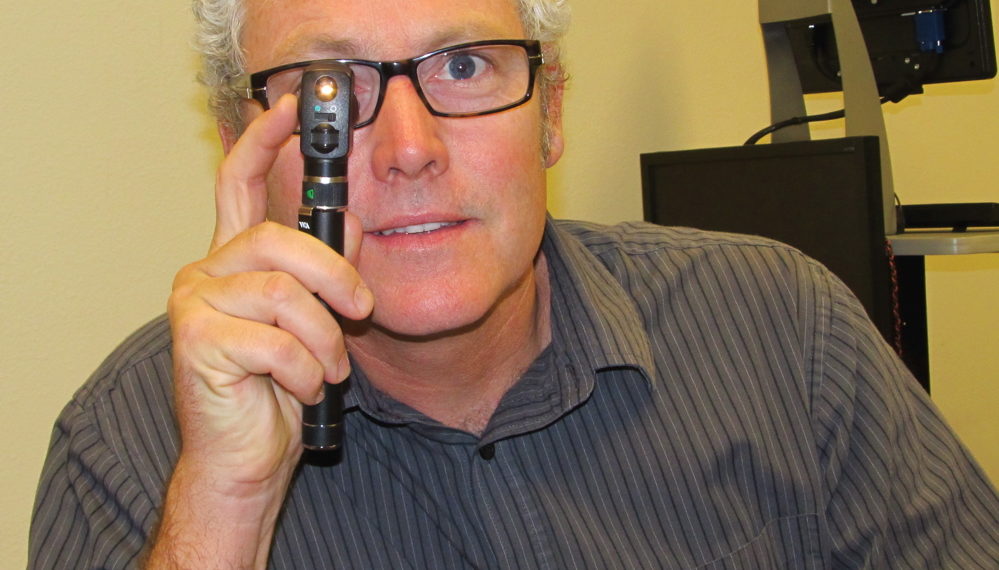President’s Insights May 2020
May 5, 2020 marked the annual World Health Organization’s (WHO) 2020 Save Lives: Clean Your Hands campaign. This time, they dedicated the effort to nurses and midwives, quite appropriately in the current circumstances, but clearly the effort applies to all health care workers and volunteers including vision and eye care professionals.
One of the most prevalent causes of preventable vision loss is trachoma. Trachoma is a bacterial infection that affects. your eyes. It’s caused by the bacterium Chlamydia trachomatis. Trachoma is contagious, spreading through contact with the eyes, eyelids, and nose or throat secretions of infected people. Through public health education efforts including hand and face washing, there has been great success in controlling this disease. The WHO Alliance for the Global Elimination of Trachoma have announced that the number of people requiring surgery for trachomatous trichiasis, the blinding stage of trachoma, has dropped from 7.6 million in 2002 to 2.5 million in 2019, a reduction of 68%.
Another contagious eye disease is epidemic keratoconjunctivitis (EKC), caused by an adenovirus, and one of the most contagious and common eye infections in the world. This adenovirus spreads via contact with hands or surfaces contaminated with ocular secretions. Outbreaks are often traced to public venues or from instrumentation at health and eye clinics. This is why many clinics have instituted programs focused on prevention via hand washing, avoiding touching the eyes or face, and ophthalmic equipment sanitization.
The World Health Organization has released “My 5 Moments of Hand Hygiene” which defines the key moments health care workers and volunteers should perform hand hygiene. This concise guide is evidence-based, field-tested, and is applicable in a wide range of settings including eye clinics. This approach recommends that we clean our hands,
- Before touching a patient,
- Before clean/aseptic procedures,
- After body fluid exposure/risk including tears, After touching a patient,
- After touching patient surroundings.
In times of COVID-19, handwashing takes a renewed significance. As VOSH/International considers guidelines for safe and effective clinics, effective hand washing technique and supplies will be of upmost importance. For more information, here are further references.
https://www.who.int/gpsc/5may/Hand_Hygiene_Why_How_and_When_Brochure.pdf
Daniel Twelker, OD, PhD, FAAO, FVI
President, VOSH/International

